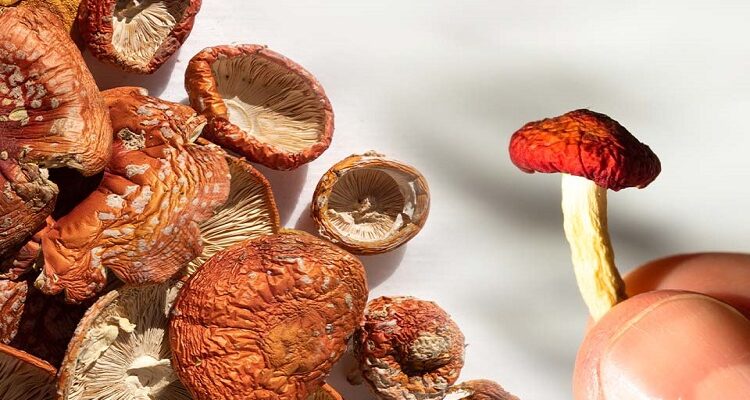The practice of microdosing with amanitas, specifically the fly agaric mushroom (amanita muscaria), has garnered attention for its potential to enhance cognitive function and overall brain health. Collecting, preparing, and drying these mushrooms properly is crucial for their safe and effective use. Here’s a comprehensive guide on how to handle amanita muscaria mushrooms from harvest to drying.
Table of Contents
Collecting Amanitas
The first step in the process is collecting amanita muscaria mushrooms. It’s essential to gather them from areas known for clean air and soil to ensure they are free from pollutants. The Carpathian mountains, with their pristine environments, are ideal for this purpose. Mushrooms collected here, such as those by Mushroom Mothers, are harvested by Ukrainian farmers who are adept at identifying and picking these mushrooms at the optimal time, ensuring they absorb the power of the woods.
Preparing for Drying
Once collected, the preparation of amanitas for drying is a critical step. This involves cleaning them gently to remove any debris or soil. It’s important not to wash them with water as this can affect their potency and drying process. Instead, use a soft brush or cloth to clean the caps and stems.
Drying Amanitas
Drying is a crucial process to preserve the mushrooms and concentrate their active compounds. The recommended temperature for drying amanitas is between 40°C to 50°C (104°F to 122°F). This temperature range is high enough to remove moisture effectively but low enough to prevent the degradation of the mushrooms’ psychoactive compounds.
What Do Dried Amanitas Look Like?
Dried amanitas will have a significantly reduced size compared to their fresh counterparts. Their color becomes more concentrated, turning into a deeper red for the caps and a more pronounced white for the spots. The texture becomes crumbly and brittle, making them easier to grind into powder or cut into smaller pieces for capsules.
What Does Dried Amanita Smell Like?
Dried amanita mushrooms have a distinct earthy and somewhat nutty aroma. The drying process concentrates the mushrooms’ natural fragrances, resulting in a more potent smell that is characteristic of dried fungi.
Other Drying Methods
Besides the traditional method of air drying at controlled temperatures, other techniques can be used depending on the resources available. A food dehydrator is an excellent tool for this purpose, as it allows precise control over temperature and airflow. It’s essential to ensure that the mushrooms are spread out evenly on the drying racks to allow uniform drying.
Where to Buy Fly Agaric in Great Britain?
For those looking to purchase fly agaric mushrooms in Great Britain, it’s important to source from reputable vendors that offer organically grown and properly dried amanitas. Mushroom Mothers’ amanita muscaria are not only harvested with care by Ukrainian farmers in the clean environments of the Carpathian mountains but are also available through trusted partners outside Ukraine. These mushrooms are prepared with the utmost attention to quality and safety, available in various forms such as dried caps, powder, extract, and capsules, catering to different preferences for microdosing.
Conclusion
Proper collection, preparation, and drying of amanita muscaria mushrooms are essential steps for anyone interested in exploring the benefits of microdosing. By following these guidelines, one can ensure they are using high-quality mushrooms that are safe and effective. Whether you’re looking for a mushroom for brain health or simply curious about the microdosing process, the key is to start with the best quality fly agaric mushroom available, such as those provided by Mushroom Mothers, to ensure a positive and beneficial experience.






















Comments